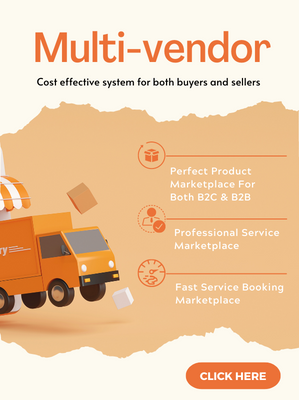Your cart is currently empty!
Explore Microservice Architecture Benefits: Overall View
Your business wants to use microservice architecture? Take it slow and read our article about microservice architecture benefits before.
Microservices are gradually becoming a popular approach for e-commerce businesses. Records from Scholarhat show that 73% of large enterprises are using microservices architecture, instead of other traditional and rigid ones. That is also proof of the valuable microservice architecture benefits that business owners can thoroughly apply in how to build and operate digital stores.
So really, what are microservice architecture benefits? Does this form have shortcomings in business operations? How to effectively take advantage of the benefits of microservice architecture?
In this article, we will help you find answers to the above questions.
8 Big Microservice Architecture Benefits You Must Know
Microservice architecture benefits contribute to helping businesses maximize operations and flexible development speed to increase competitiveness in the market. Some outstanding benefits of microservice architecture are mentioned below:
Outstanding scalability
Microservice architecture allows e-commerce businesses to easily scale operations into each microservice independently. This helps you easily and proactively expand and edit features according to certain needs at each time without worrying about affecting daily activities.

For example, if your e-commerce website has unexpectedly high traffic during the holidays, it means your digital stores’ ability to download and analyze customer behavior must be much higher. Sometimes, you may encounter difficulties and not know how to cope if you use traditional architecture (it can disrupt the entire store and affect the customer experience).
But microservice architecture benefits, which include scalability, will help you completely solve that problem, because you just need to quickly extend the microservice representing the inventory and payment service to increase the amount of load processing. They also will not affect other services such as user authentication or product cataloging. Outstanding development and growth according to customer supply and demand will no longer be a luxury for your business.
Improved fault isolation
One of the highlights of microservice architecture benefits is its outstanding error isolation capabilities. This means, if an error occurs in one microservice, it will not affect the entire enterprise system. You will also easily detect and fix errors as quickly as possible, without disrupting that service in particular and the overall operation of digital stores in general for too long. This exceptional error isolation capability ensures an absolutely improved user experience, and a higher system availability.
Flexibility in accepting technology

Microservice architecture benefits affirm flexibility in accepting new forms of technology. It allows you or your developers team to quickly select the most suitable tools and technology frameworks for each specific task, improving productivity and promoting innovation without the constraints of monolithic architecture.
A practical example so you can better understand this one of the benefits of microservice architecture: with the category of analyzing specific application activities in real time, you can build it using Python and machine learning libraries. Meanwhile, the front-end user interface is fully capable of being built using JavaScript and React, eliminating the need for one and only one integration technology.
Easily update and maintain the system
Microservice architecture simplifies the process of maintaining and updating your e-commerce store. The self-contained nature of microservice architecture benefits asserts the ability to be modified, tested, and deployed independently.

Separating all activities while still ensuring smooth and effective communication is one of the key advantages of microservice architecture. This one of the benefits of microservice architecture helps reduce the complexity and risk of making any changes, ensuring your e-commerce app is uninterrupted and doesn’t disrupt the customer experience.
Cost effective
By taking advantage of microservice architecture benefits, you also have the opportunity to optimize infrastructure costs and maximize feature utilization. Still with an independent operating style, microservice architecture allows businesses to proactively allocate and only need to pay for the resources they really need to use.
This practice aims to minimize costs, you only need to invest in the functions that the business really requires in real life. Businesses will also not spend too much unnecessary costs on services in the same pricing plan as when using traditional approaches with microservice architecture benefits.
Improve security efficiency
In the world of advantages of microservice architecture, another priority point that e-commerce businesses also pay maximum attention to is the almost absolute improvement in security.
This one of the benefits of microservice architecture allows businesses to deploy specific security measures for each microservice, while minimizing unnecessary communication between microservices and avoiding being affected by security errors from other microservices.
It helps businesses minimize attack surface exposure, and effectively prevent potential breaches by scrutinizing each microservice periodically.
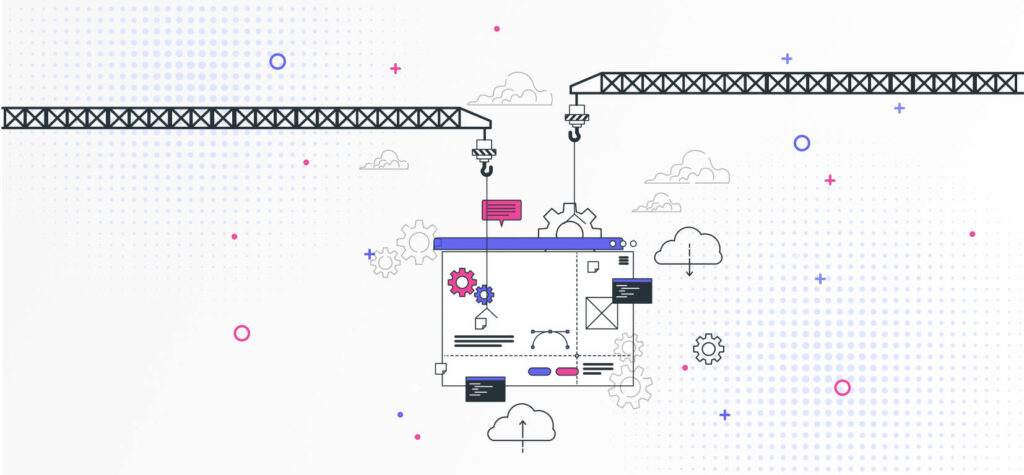
Completion time is faster
When mentioning microservice architecture benefits, microservices can work in parallel and concurrently on different tasks. For example, while one microservices group helps implement enhanced user profile authentication services, at the same time, another microservices group can perform the task of improving search functionality.
The ability to develop, rather than one at a time, speeds up the feature maturity cycle, allowing e-commerce businesses to deploy new versions and feature updates more quickly and effectively. This also affirms the ability to adapt and compete in a market that changes every second like e-commerce.
Easy integration with third-party services
Microservice architecture benefits include smooth integration with third-party services and APIs. Using this type of architecture, you can easily integrate a third-party payment gateway into the service (of course, the provider will be at your discretion and control), or a CRM system into your e-commerce business to manage customers perfectly.
Operating based on modular nature, your digital store can also easily take advantage of external solutions to enhance the functionality of the entire store system, maintain competitiveness and provide increasingly better service for customers. This one of microservice architecture benefits also helps businesses have a breakthrough and competitive advantage compared to competitors in the market.
Disadvantages Besides Microservice Architecture Benefits
Besides microservice architecture benefits, you also need to understand some key disadvantages of this type of approach. This helps your enterprise avoid basic problems when deciding to engage in this type of architecture, as well as form an overall view of microservice architecture pros and cons.
Complexity increases
Microservice architecture operates in a separate division. Each microservice corresponds to a separate task and responsibility. That also means they require much more powerful tools and orchestration than monolithic architectures.
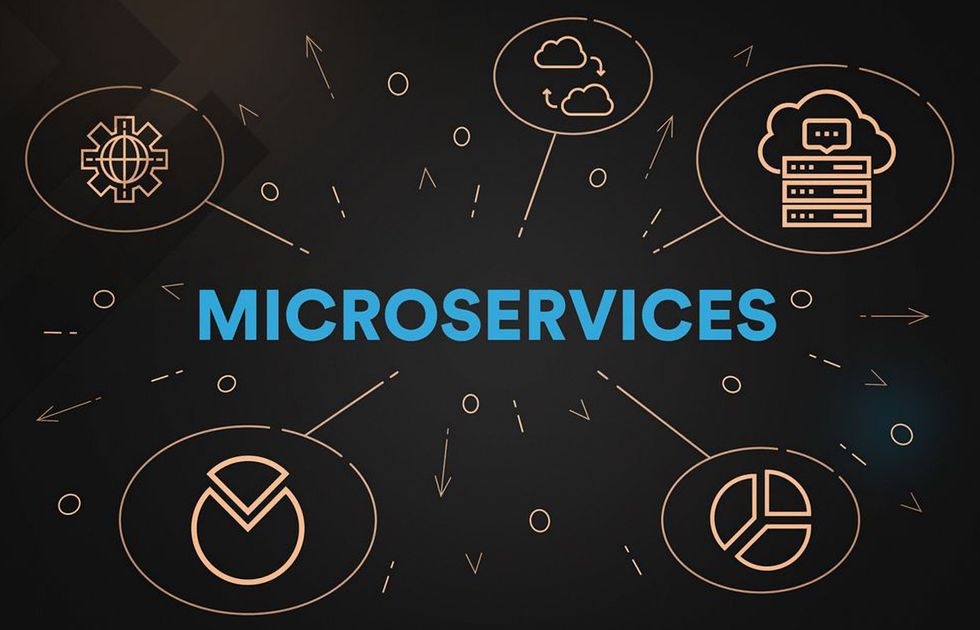
You need to invest in additional resources and expertise aggressively early on to avoid the complications of managing multiple independent services. In particular, it requires a solid amount of knowledge and a quick understanding of how microservice architecture works to operate effectively.
Challenges in data management
Each microservice will have its own database source, which can lead to challenges in managing and ensuring data consistency. You need to make sure that all the services and features in your store are updated regularly. Of course, this is extremely difficult with transactions that are complex and spread across many services.
In this picture of microservice architecture pros and cons, we need to deploy many strategies such as finding suitable sources of supply, distributed transactions, etc. Besides microservice architecture benefits, they continue to require complex techniques to handle and specialized knowledge to manage.
Increase deployment and operating costs
Deploying and managing microservice architecture requires a continuous integration/continuous deployment (CI/CD) process. If you do not have enough resources or prior knowledge related to this architecture, you will most likely need to spend a large amount of money to go to school, to train personnel or work with DevOps outsources having high experience.
Not only that, because errors will often appear in each small microservice, the error detection process also requires you to regularly record logs and carefully observe each microservice. It takes a significant amount of time for your business.
Best Recommendations for You When Using Microservice Architecture
Based on the above overview of the pros and cons of microservice architecture, our team of experts offers some valuable advice for you to effectively take advantage of microservice architecture benefits when running your business:
Invest in orchestration tools
You should consider investing in orchestration tools like Kubernetes to manage the complexity of microservices. These tools automate the process of deploying, scaling, and managing applications in containers. They help your application use features effectively, automatically notify and recover from errors, and simplify the scaling process when necessary.
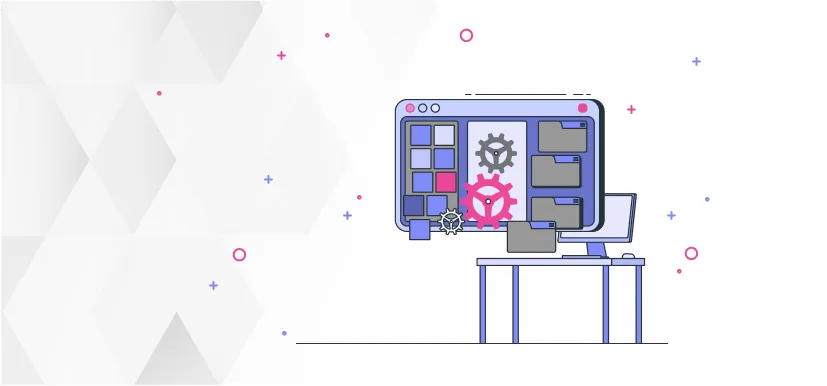
Focus on monitoring and logging tasks
With microservices architecture, periodic and comprehensive monitoring and logging is critical. Use centralized logging systems and popular monitoring tools like Grafana, ELK stack, or Prometheus.
They help you collect, analyze and visualize data in real time, with all the services and features currently available for your business. Enterprises can also quickly detect, diagnose and handle problems, as well as clearly understand service performance in each period and improve system reliability.
Prioritize security from the beginning
Pay attention to security factors from the first moments of building an e-commerce business. Applying a zero-trust security model, ensuring all microservices can communicate with each other securely, and sensitive data is always absolutely protected. Implement security best practices like using HTTPS for communications.
Conduct regular checks (timelines should be set once every 1 week or every 2 weeks) to ensure security quality remains at a good level and enjoy the microservice architecture benefits.
Make sure APIs can communicate effectively
Microservices communicate with each other via APIs, as one of the microservice architecture benefits. For an e-commerce business to operate effectively, APIs must be well designed and managed. You should use API gateways and management tools with proven functionality to handle routing, authentication, rate limiting, and monitoring of API traffic.
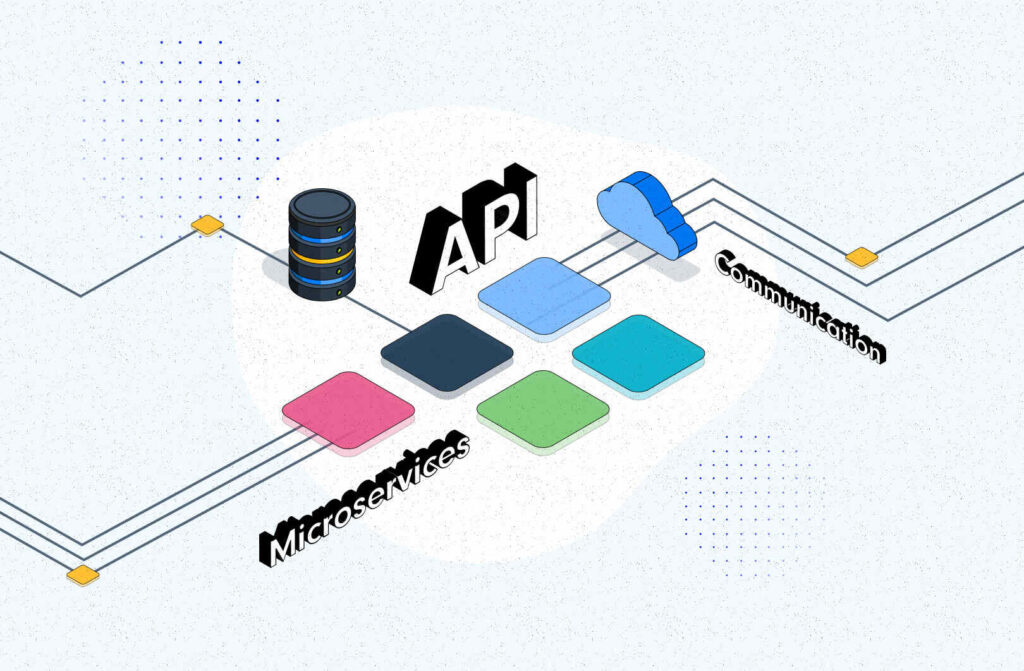
These tools ensure microservices can communicate with each other securely and reliably. They will also provide one and only one point of access for consumers, enhancing security and management control for business owners.
Final Thoughts
Microservice architecture benefits are valuable resources for e-commerce businesses to take advantage of, while it’s sure to have both pros and cons of microservice architecture. Throughout the process of building, operating, modifying and upgrading your e-commerce business, understanding how to leverage the advantages of microservice architecture will be the launching pad for you to take your digital store to glory.
If you are still hesitant about microservice architecture benefits, or want to learn more about how to deploy, operate and apply this architecture into ecommerce stores, you can find us, MageSolution. With 1000+ successful ecommerce projects and 500+ experts in this field, focusing on e-commerce testing and enhancement service, we will certainly provide effective and thoroughly customized advice based on the operating situation and direction of the business.
Contact us immediately for more detailed information about microservices architecture and its benefits!
